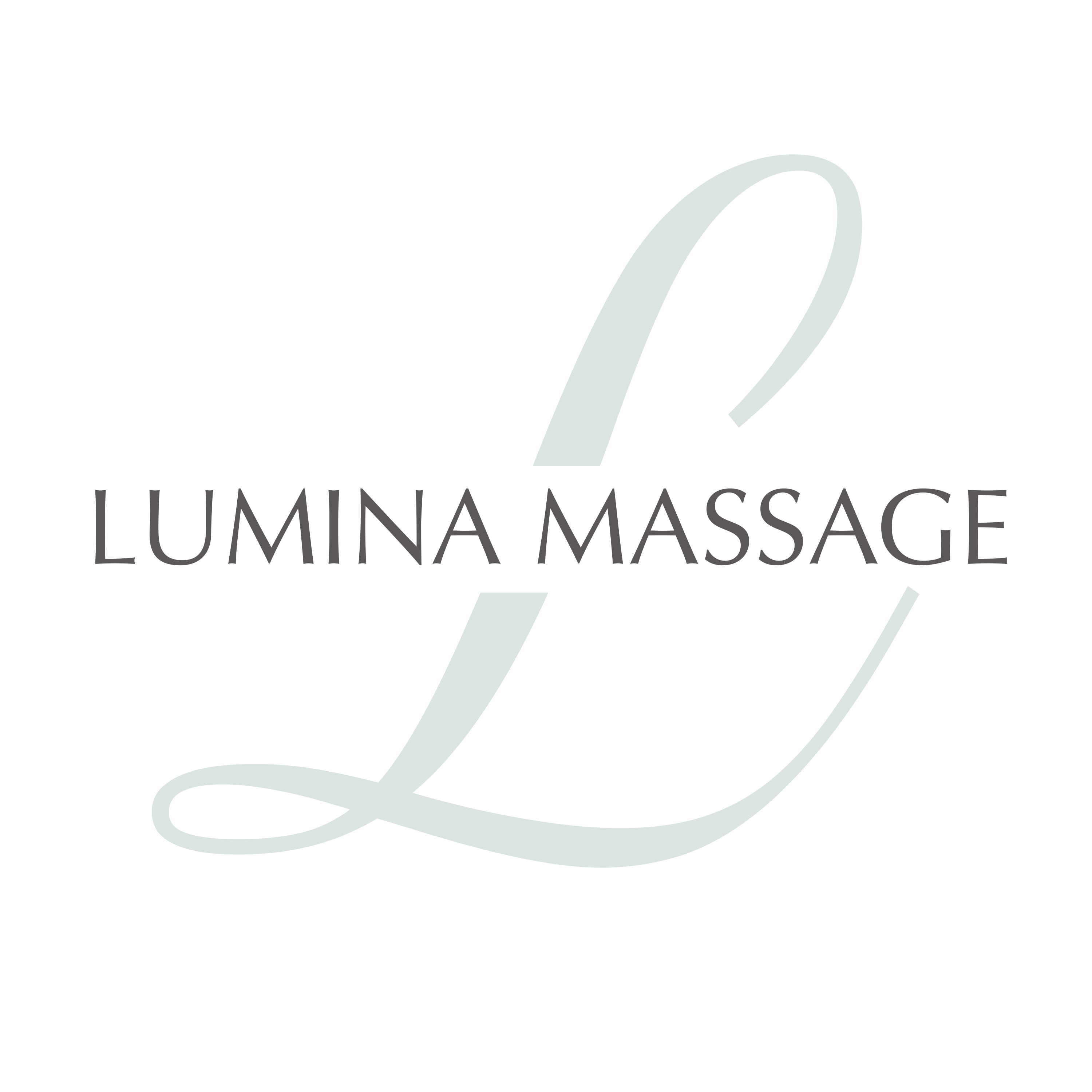History of Osteopathy
Andrew Taylor Still, an America doctor , developed osteopathy as a new way of treating disease -one that did not rely on the gruesome surgical techniques and dangerous drugs of the time. After working along with the Shawnee tribe of Native Americans and as an army surgeon in the American Civil War. At first his ideas were derided by doctors and preachers alike but gradually they gained in popularity until and in 1972, osteopaths were recognized in America as medical doctors. A different tradition of osteopathy developed in Europe, but in recent years the therapy has become recognized and accepted there too.
The term “osteopathy” from the Greek words, “osteo” meaning “bone” and “pathos,” meaning “disease” was coined by Andrew Taylor Still (1828-1918) and given to a new system of healthcare that he developed. Still was born near Jonesboro, in Lee County Virginia, U.S.A. ,the son of a methodist preacher, doctor and millwright who moved his family first to Tennessee and then in 1837, to a remote area of Missouri. He enjoyed the frugal lifestyle of the frontier and was especially interested in the local wildlife-he hunted animals for the pot and began collecting their bones , which led to a recurrent interest in anatomy, As this developed, Still started to help his father with his medical practice and eventually became his apprentice. Later, he was awarded a license to practice as a doctor in the state of Missouri and during the 1860’s , he completed his medical education at the College of Physicians and Surgeons in Kansas City, Missouri.
Dr. Still was a fervent advocate of the abolition of slavery, and he and his new wife decided to leave Missouri, which was in favor of slavery. He moved to the state of Kansas where he ministered to the Native Americans of the Shawnee tribe. There, Still became disillusioned with how little he could do to cure disease, and his feelings were reinforced by service as an army surgeon during the American Civil War. He was repelled by the war’s gruesome realities and its rough-and-ready 19th century surgical methods. At the war’s end, he determined to extend his studies of the human body and to devise a different way of treating disease.
The Body’s Healing System
Still’s upbringing and religious beliefs- he had helped with his father’s spiritual work as well as his medical activities-drew him to the conclusion that God would never have made human beings so imperfect that they succumbed so easily to so many diseases. The answer to the conundrum, he decided, was that within each person there must be a system for the body to heal itself, and this meant that the physician’s job was the stimulate the body so that it could do so. His determination to find a new method of medical care that achieved this without the reliance of drugs of the day, which were often dangerous and frequently useless was reinforced when his three children died from meningitis despite having the best available care of the time.
The River of Life
Still’s first step was to return to his study of human anatomy , examining bones that he dug up from old Native American graves. Having worked as a millwright with his father, he was aware of the laws of mechanics and he decided that the musculoskeletal system was similar to a piece of machinery; as such; it was subject to similar laws and stresses. Still also came to the conclusion that blood was the “river of life” and carried the necessary ingredients for healing around the body. This meant that if any stress on the musculoskeletal system impeded the blood flow in the body, the tissues could not heal themselves and disease followed. He believed that it was possible to mend any damage to the musculoskeletal system by manipulations and pressure -and as all the systems in the body are interrelated – normal function could be restored without the need for drugs. Still wanted to announce his theories at Baker University in Kansas in 1874 but the local medical and religious communities that his ideas were so outrageous that he was forced to return to Missouri. He became so successful and popular with his patients- although still derided by his more orthodox colleagues – that in 1892 he founded a school of osteopathy at Kirksville, Missouri. John Martin Littlejohn, a British forensic scientist and physiologist, came to the school. Littlejohn developed the holistic side of osteopathy- the idea that humans are affected by the world around them and to maintain health the body must be able to adjust to these outside influences. After a spell as Dean of Kirksville, Littlejohn opened a school of osteopathy in Chicago before returning to Britain in 1913.

